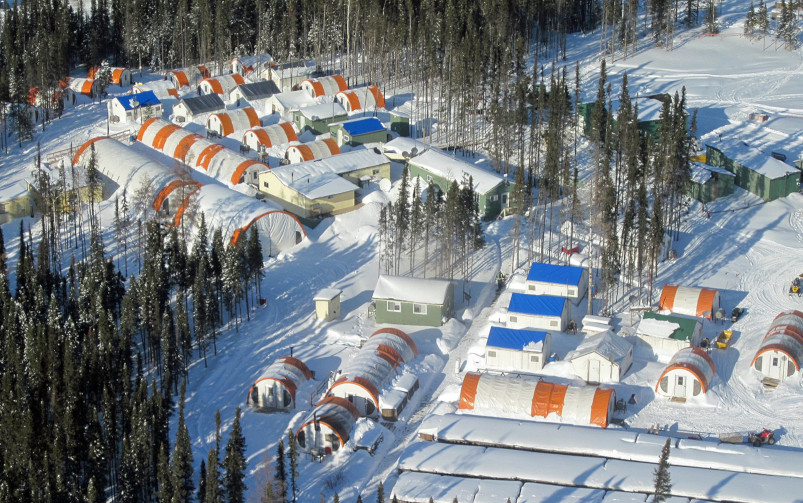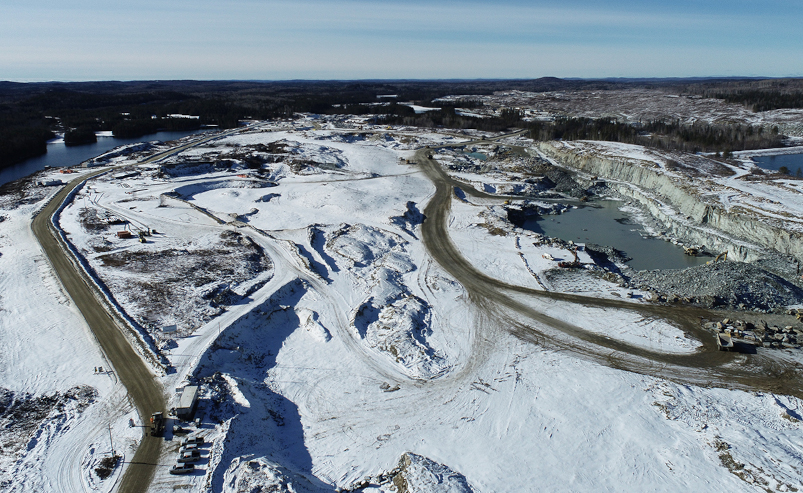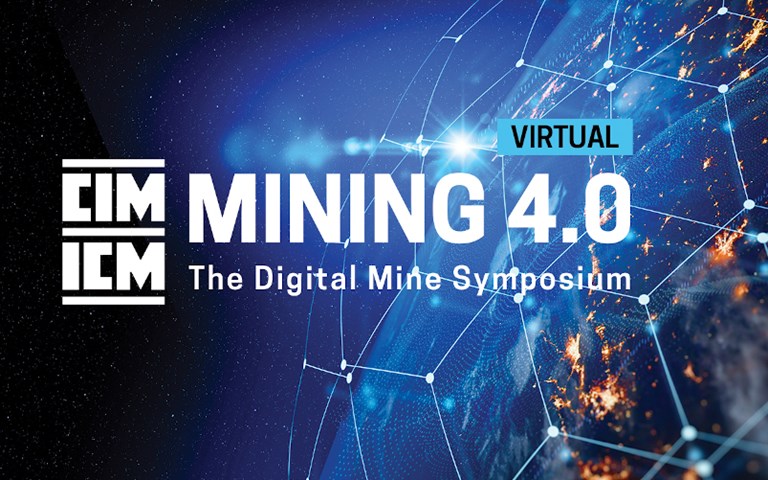Sean Dessureault is very passionate about how data is used. It is fitting then, that alongside his day job as vice-president, technology and innovation at The Mosaic Company, Dessureault is co-chairing with Mike Brown, executive vice-president, Technology & Innovation at SMS Equipment, CIM’s upcoming Mining 4.0: The Digital Mine Symposium. The online event will take place over three days starting Nov. 1.
Rather than the flashy algorithms behind recent advancements in artificial intelligence in the mining industry (as it stands, AI has become a “marketing euphemism” in the mining industry, says Dessureault), the theme of Mining 4.0 is instead focused on how to use data gathered by mining companies in new and interesting ways.
“I think people are recognizing that data has more value, and they’re starting to use it more effectively,” Dessureault said.
Each day of the conference will be headed by a live plenary or keynote presentation, followed by technical sessions that speak directly to the theme of Mining 4.0. These sessions include topics ranging from how to transform a mining company for the digital age to how to use and obtain value from corporate and production data.
Related: New digital measuring tools are simplifying geotechnical engineering in challenging environments
According to Dessureault, the sessions were chosen specifically for how they could best demonstrate the advantages of using data correctly.
“Some of the themes we have are very, very specific. Like, what is the infrastructure that you have to have in place to get people to use the data? One of the sessions is called ‘Data to Action,’ to make sure that the point of this data is not to write some cool algorithm but to act on it in a smart way. So, what you’ll see is that a lot of the session titles are specifically directed around making use of data, or setting up programs to effectively use data,” he said.
Using data effectively, Dessureault said, is a multi-step process. It is important to first confirm that the data being used is correct, followed by the integration of different data sources together in a database in order to turn that data into information. The next step requires a knowledge model that can use information to improve a company’s processes, and finally an action plan to ensure people act on the decisions made, which can include techniques like gamification.
Doing this can have some concrete benefits for an operation. Some of the examples Dessureault points to are data from mining vehicles collected wirelessly in a process known as telemetry to provide alerts about operators who are driving in a way that could be harmful to a machine, or account for delays in operations in order to more efficiently direct vehicles to their next locations.
“None of this is really rocket science. You don’t need a super algorithm to do this stuff, but you do need to understand each one of those phases,” Dessureault said. “Good data coming in, proper integration to turn it into information, some good knowledge models like short-interval control and an action plan to make sure you act on it.”




